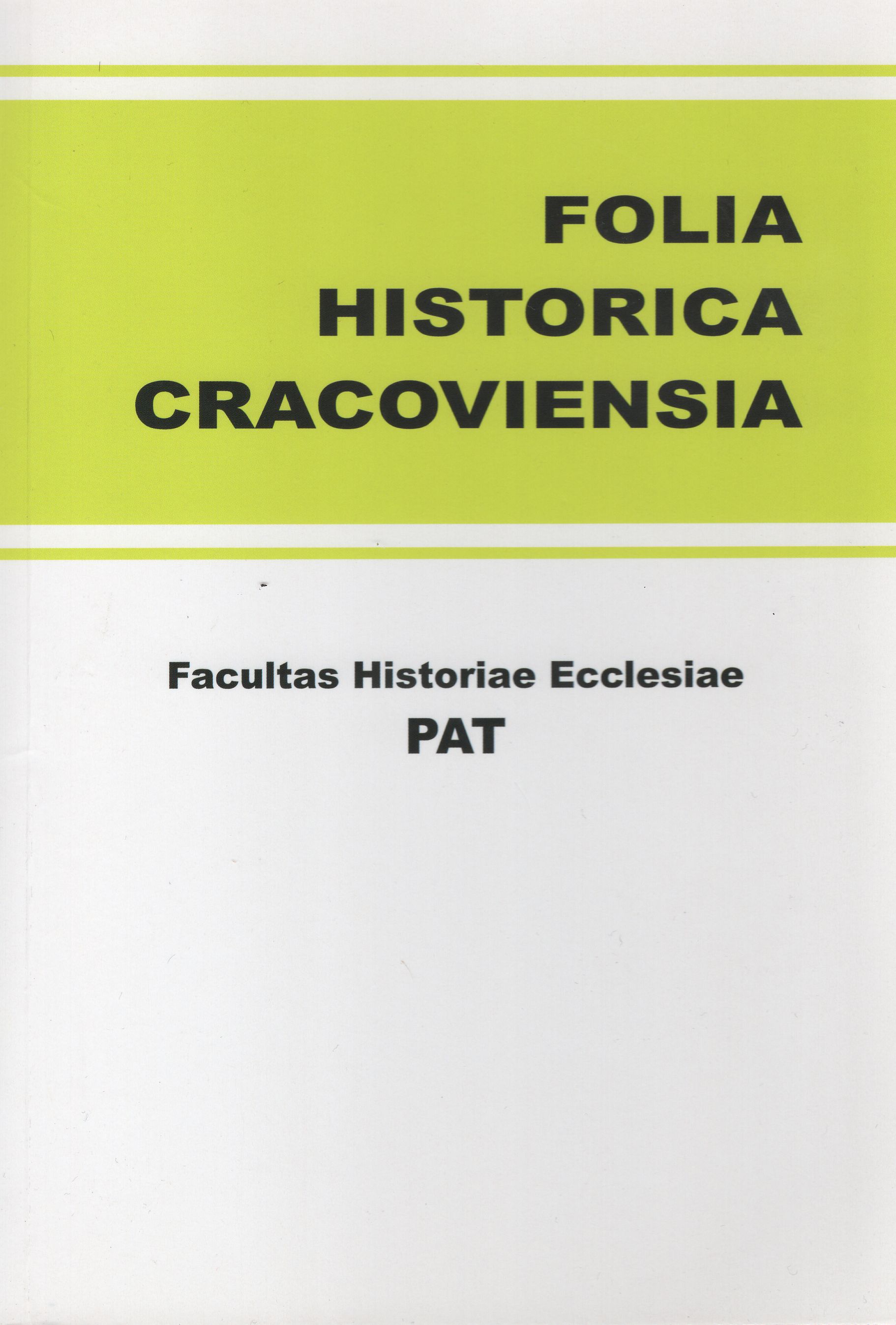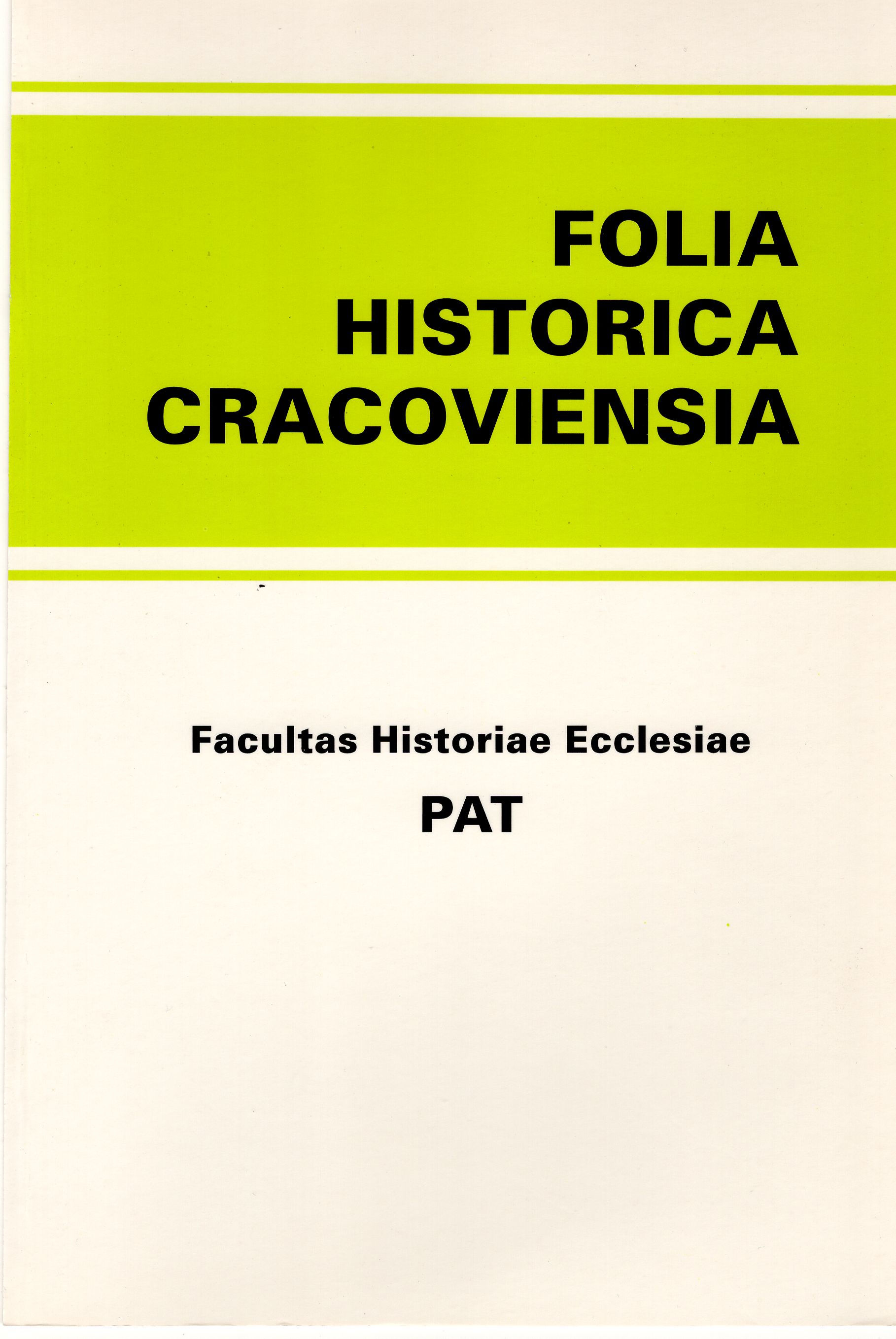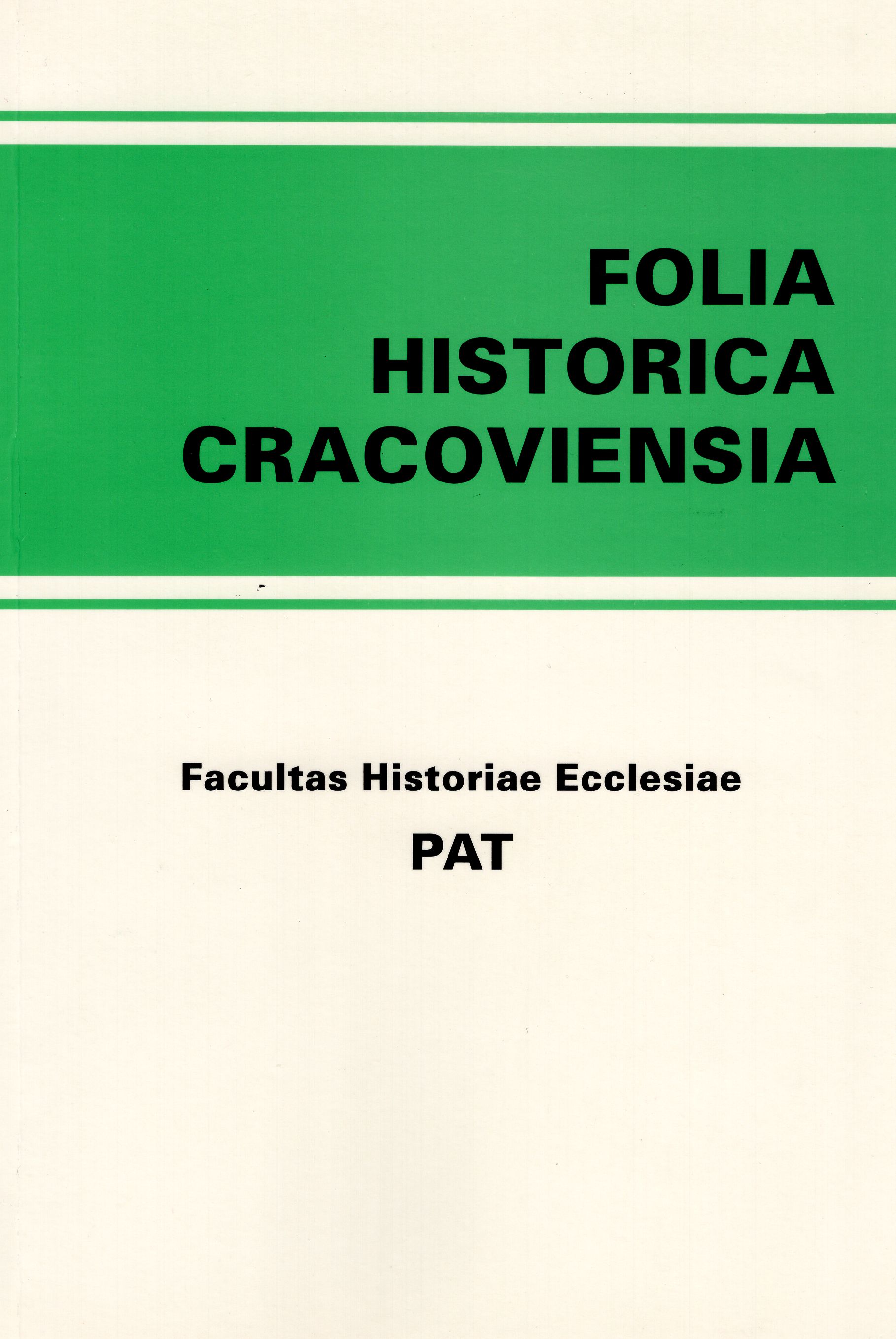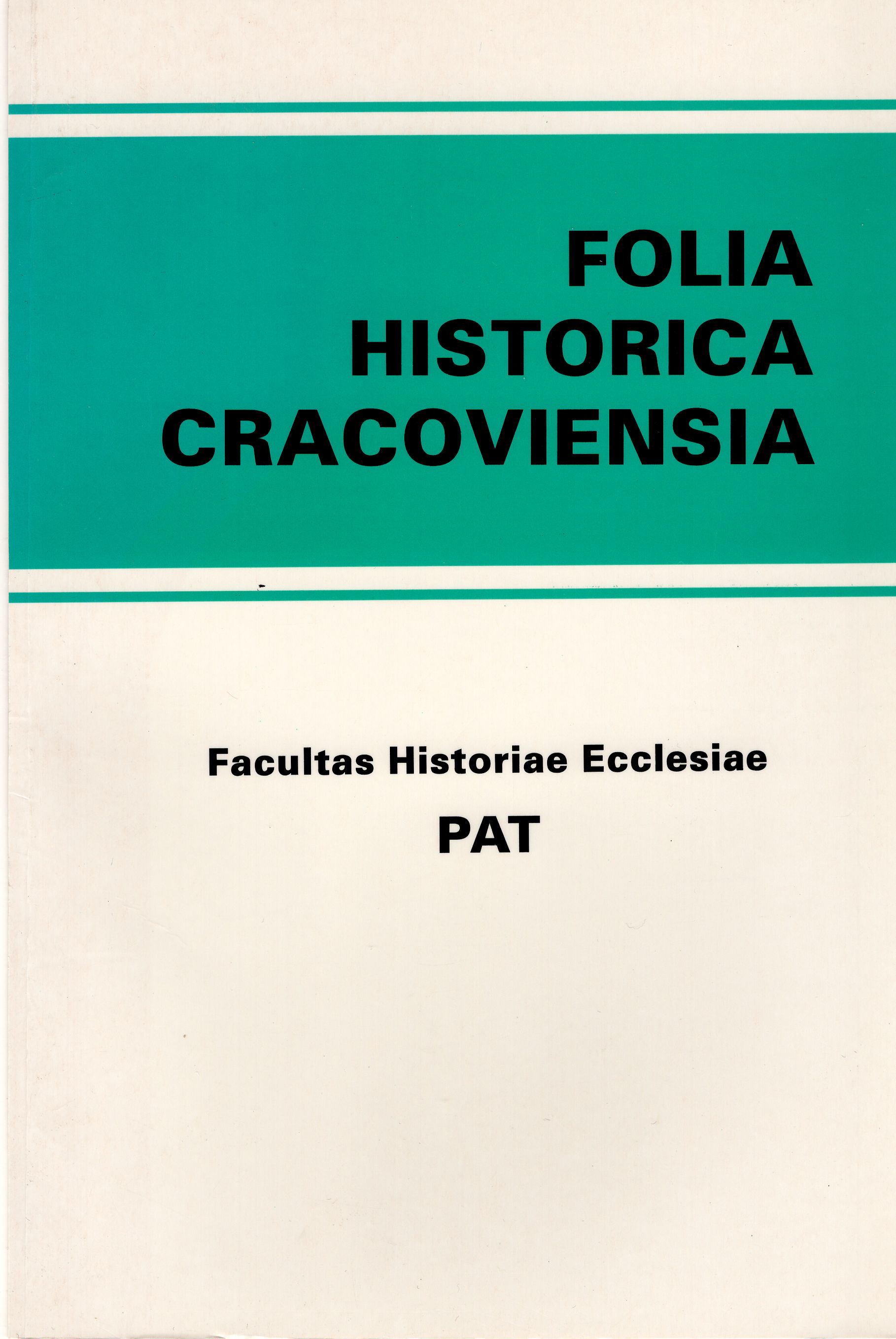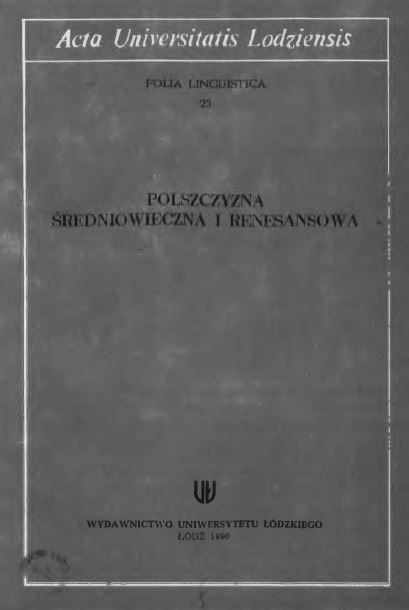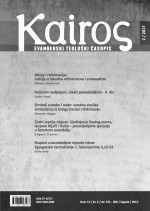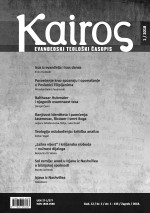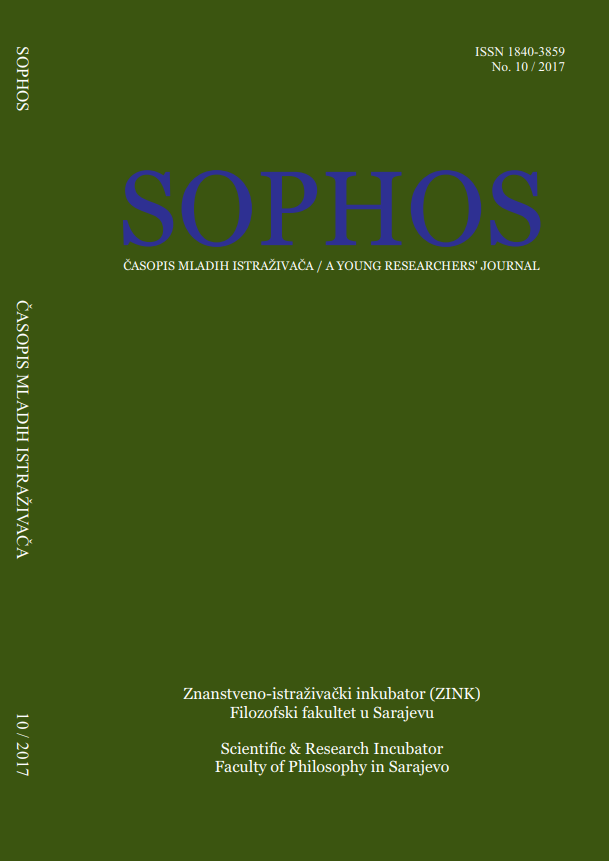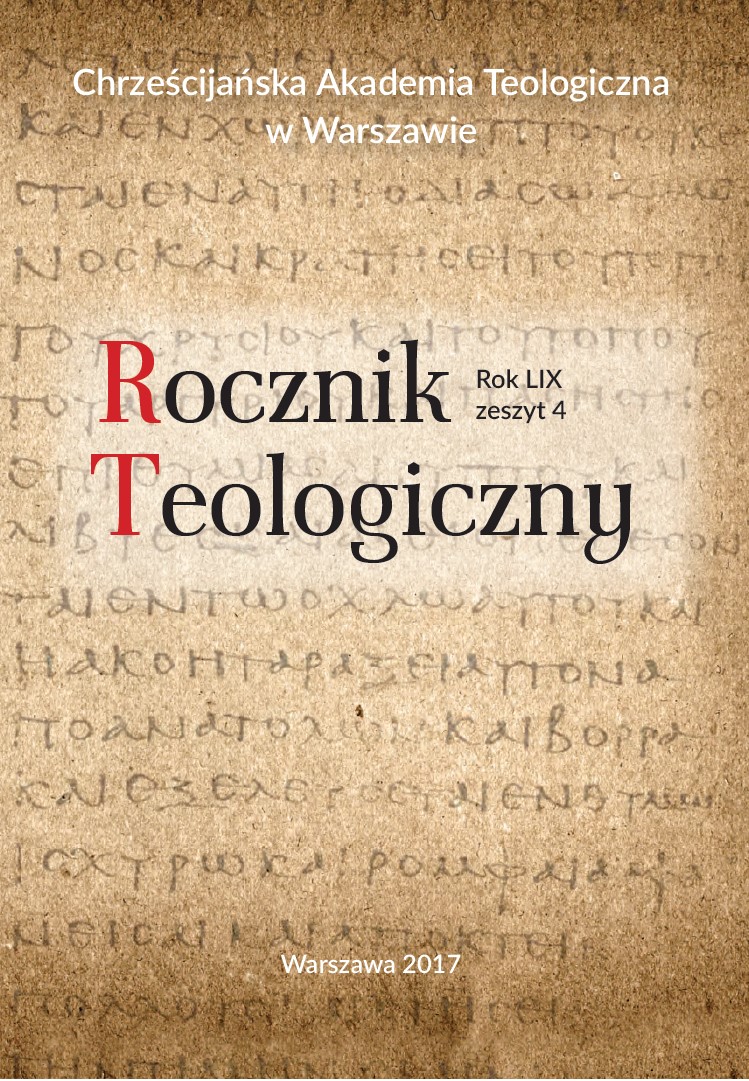Author(s): Adam Małkiewicz / Language(s): Polish
Issue: 1/2005
Artykuł przedstawia życie i twórczość malarza-kameduły o. Wincentego z Subbiaco w świetle najnowszych badań. W ostatnich latach Wenanty z Subiaco został ponownie odkryty - głównie dzięki Lucilli Conigliello - jako malarz o raczej wyrazistym stylu, mieszczący się w nurcie włoskiego caravaggionizmu, jako artysta, który w ramach kontrreformacyjnej ikonografii opracował program dostosowany do celów i potrzeb zakonu pustelniczego.
A Camaldolese painter, Father Venanzio da Subiaco (around 1570-1659), was active in Poland from 1624 to 1632, when he stayed in the hermitages at Bielany, near Cracow, and at Rytwiany. His name has been familiar to Polish scholars since 1871 (L. Zarewicz), and in 1952 his first brief monograph was written by Witold Urbanowicz, devoted, however, merely to his achievements in Poland. The monograph was later supplemented and verified by other researchers (J. Z. Łoziński and T. Przypkowski, W Kret., A. Ryszkiewicz, A. Małkiewicz). Venanzio’s work accomplished in Italy remained iong unknown. It was only in 1995 that Lucilia Conigliello organized an exhibition in Poppi featuring 14 paintings by Venanty, which she discovered in a Camaldolese hermitage and coenobium in Camaldoli. In the catalogue she discussed his 34 Italian works. In a catalogue of another exhibition of the Baroque art in Castentino (Poppi 2001), Conigliello included a short monograph of the painter, presenting his art both from the Italian and Polish period. The aim of this paper is to present a critical overview of the present state of research on Venanzio. His art created prior to joining the Order in 1618 remains unknown. As a Camaldolese monk he worked almost entirely for the congregation and sporadically for people connected with it, which limited the iconography of his paintings to religious themes. The artist’s preserved works include three sets of mural painitng (Monte Rua, near Padua, Bielany, Rytwiany) and 50 oil paintings, 10 of which are in Polish monasteries. Their style bears influence of Caravaggio and is characterized by certain conservatism. The artist was also inspired by the paintings of great Renaissance masters, especially Titian, through the mediation of graphics. An important contribution of Venanzio was creating an iconographical canon of the Camaldolese church painting decoration, which was accomplished by the artist during his stay in Poland and transplanted in the churches o f the Order in Italy. He achieved this thanks to the pressure from the rich founders of the Polish monasteries, who demanded - contrary to monastic rules - to give churches a splendid architectural form and rich decoration.
More...
